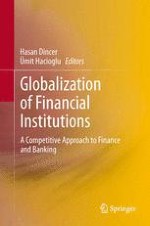2014 | OriginalPaper | Buchkapitel
9. Computation of the Potential Trade of Turkey in the OIC Market Through Estimator Selection Process
verfasst von : Engin Sorhun
Erschienen in: Globalization of Financial Institutions
Aktivieren Sie unsere intelligente Suche, um passende Fachinhalte oder Patente zu finden.
Wählen Sie Textabschnitte aus um mit Künstlicher Intelligenz passenden Patente zu finden. powered by
Markieren Sie Textabschnitte, um KI-gestützt weitere passende Inhalte zu finden. powered by
